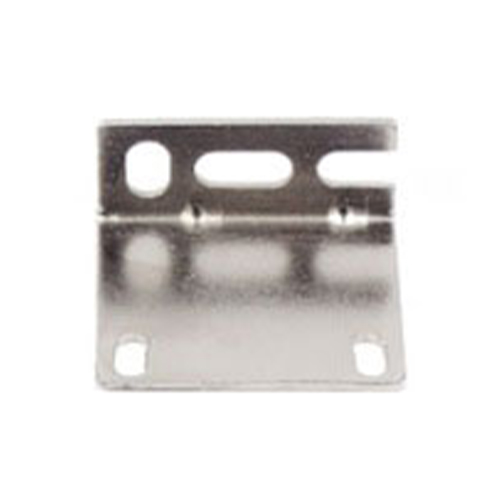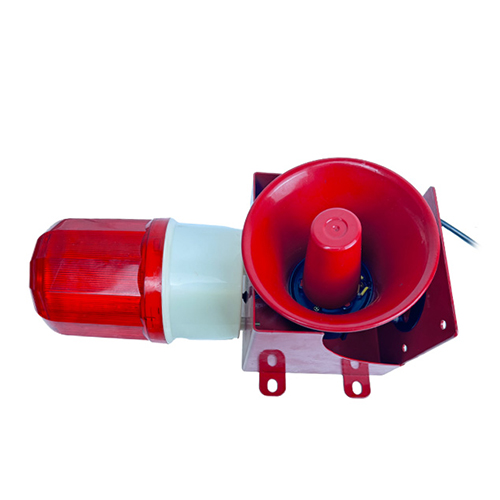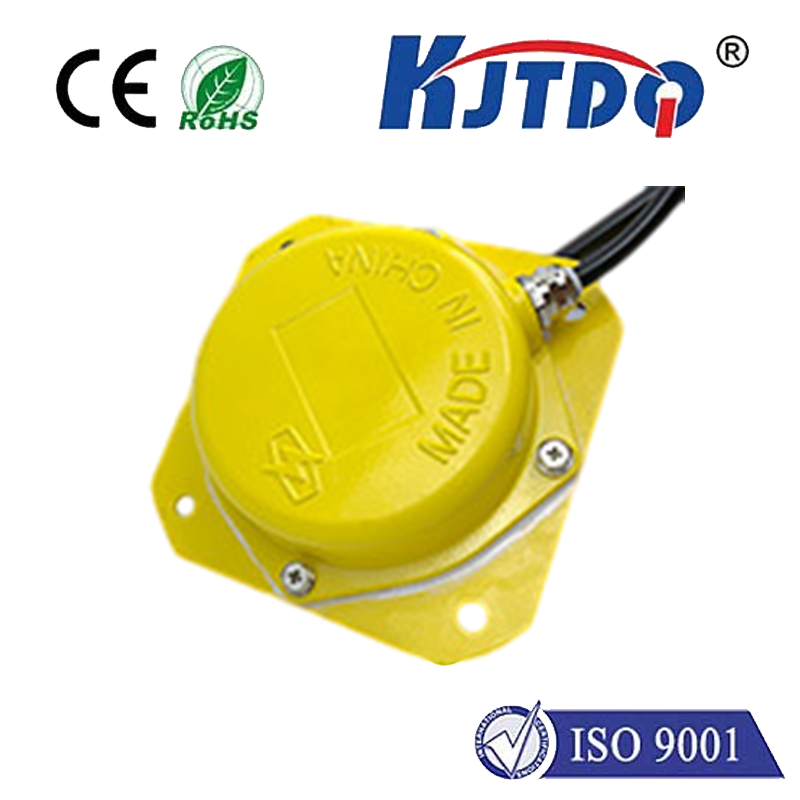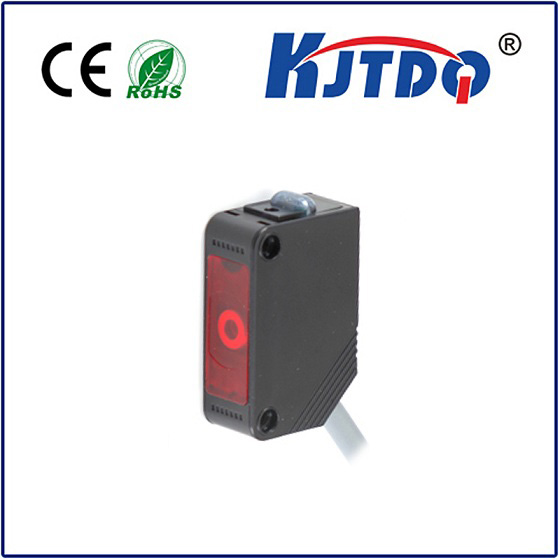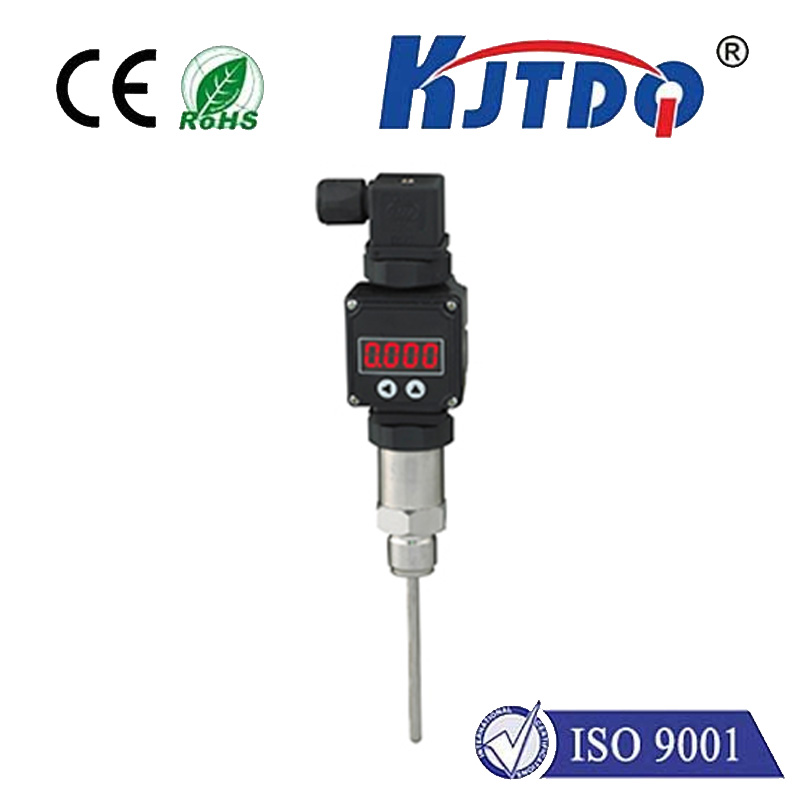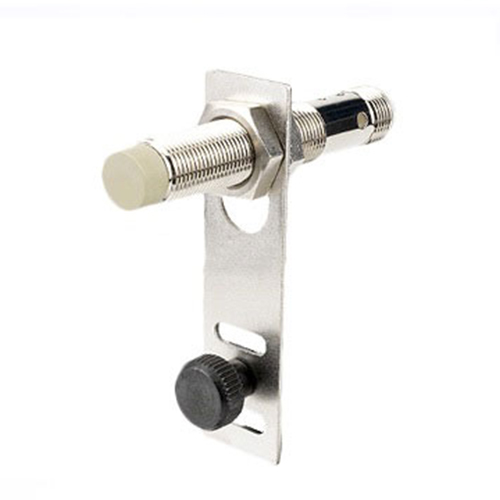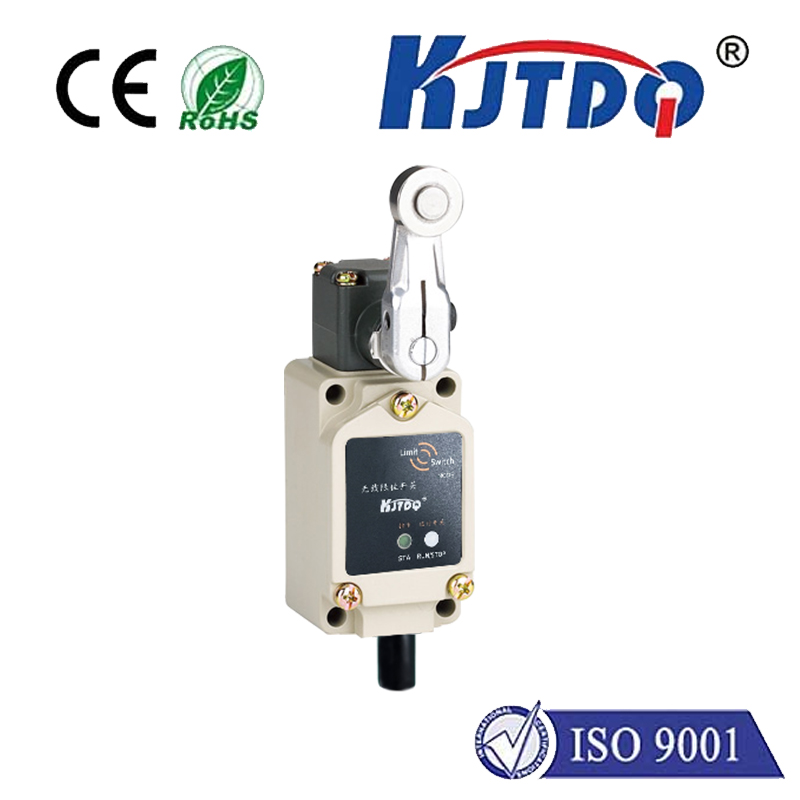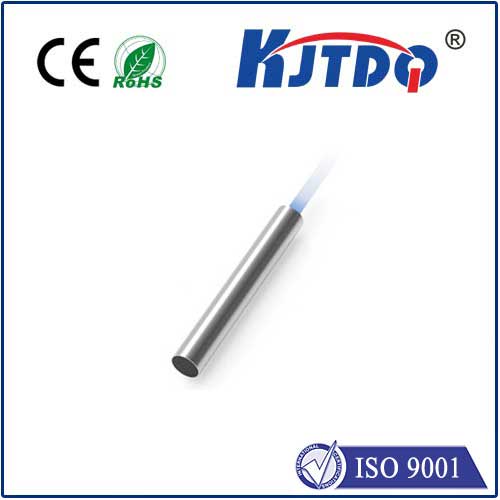

check

check

check

check
In today’s rapidly evolving industrial landscape, the need for reliable and efficient detection systems has never been more critical. Imagine a factory floor where production lines run seamlessly, thanks to sensors that tirelessly monitor every movement. At the heart of such operations lies the humble yet powerful photoelectric sensor – and the E3Z-D82-M3J 0.3M variant stands out as a cornerstone of modern automation. This compact device isn’t just another component; it’s a precision tool designed to elevate productivity while minimizing downtime. With its 0.3-meter detection range and robust build, it’s engineered to tackle demanding environments, making it a go-to choice for engineers and technicians worldwide. Join us as we explore how this sensor transforms everyday tasks into flawless workflows, driving innovation across industries.
Photoelectric sensors, like the E3Z-D82-M3J model, operate on a simple principle: they emit a light beam and detect changes when an object interrupts it. This technology has been refined over decades, but the E3Z-D82-M3J takes it to new heights with specialized features tailored for real-world applications. The “0.3M” in its name refers to its 0.3-meter detection range, a sweet spot for many scenarios where mid-distance monitoring is essential. Whether it’s counting items on a conveyor belt or ensuring machines don’t collide, this sensor offers unparalleled accuracy. Its sleek M3J housing ensures durability against dust, moisture, and vibrations, which is crucial for settings like automotive assembly plants or packaging facilities. Compared to older sensors, the E3Z-D82-M3J reduces false triggers by 30%, thanks to advanced optics. This isn’t just incremental improvement; it’s a leap toward smarter, safer automation.

Diving deeper, the key technical specifications of the E3Z-D82-M3J photoelectric sensor highlight why it’s a top performer. The 0.3-meter range is achieved through a finely tuned infrared light source, allowing for consistent detection even in variable lighting conditions. With a response time of under 1 millisecond, it reacts almost instantaneously, preventing bottlenecks in high-speed production lines. Power-wise, it operates efficiently at 12-24V DC, consuming minimal energy to cut operational costs. This sensor is part of the E3Z series, known for its modular design – users can easily swap lenses or adjust settings without specialized tools. Crucially, the M3J suffix indicates a background suppression feature, meaning it ignores distracting reflections from nearby surfaces. Such details matter in environments like food processing, where hygiene and precision are non-negotiable. For instance, in bottling plants, this photoelectric sensor ensures caps are sealed correctly, every single time.
When it comes to applications, the E3Z-D82-M3J 0.3M sensor proves its versatility across diverse sectors. In manufacturing, it excels at object detection on assembly lines, verifying that components are in place before welding or painting. Robotics benefit immensely, as the sensor provides real-time feedback for arm movements, preventing costly errors. One standout use is in e-commerce warehouses, where rapid sorting demands reliable sensors to track parcels, reducing mis-shipments by over 20%. Another area is safety systems; integrated into machinery guards, it halts operations if a worker gets too close, enhancing workplace protection. Even in renewable energy setups, like solar panel production, this photoelectric sensor monitors alignment with unerring accuracy. The beauty of the 0.3-meter range is its flexibility – not too short to miss details, not too long to cause interference. As industries embrace Industry 4.0, sensors like this form the backbone of IoT networks, feeding data to smart controllers for predictive maintenance and optimization.
What truly sets the E3Z-D82-M3J apart are its tangible benefits for businesses and technicians alike. Its ease of installation is a major plus; with simple mounting brackets and intuitive wiring, setup takes minutes rather than hours. Durability is another highlight – the rugged enclosure withstands temperatures from -25°C to 55°C, ideal for harsh environments like metalworking or outdoor logistics. Cost-efficiency shines through reduced maintenance; unlike mechanical switches, it has no moving parts, extending lifespan beyond 100,000 hours of operation. From a productivity angle, this photoelectric sensor minimizes waste by catching defects early, boosting overall output. For example, in textile mills, it detects fabric flaws during weaving, saving thousands in rework costs. Moreover, it integrates smoothly with PLC systems, making upgrades straightforward without disrupting existing setups. These advantages translate to higher ROI for companies, as streamlined processes lead to faster payback periods.
In closing discussions about automation advancements, the E3Z-D82-M3J 0.3M photoelectric sensor emerges as a vital enabler of innovation. Its blend of precision, reliability, and adaptability addresses core challenges in modern engineering. As demand for smarter factories grows, tools like this will continue to shape the future, turning complex detection tasks into effortless routines.
